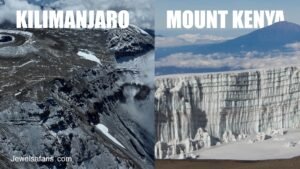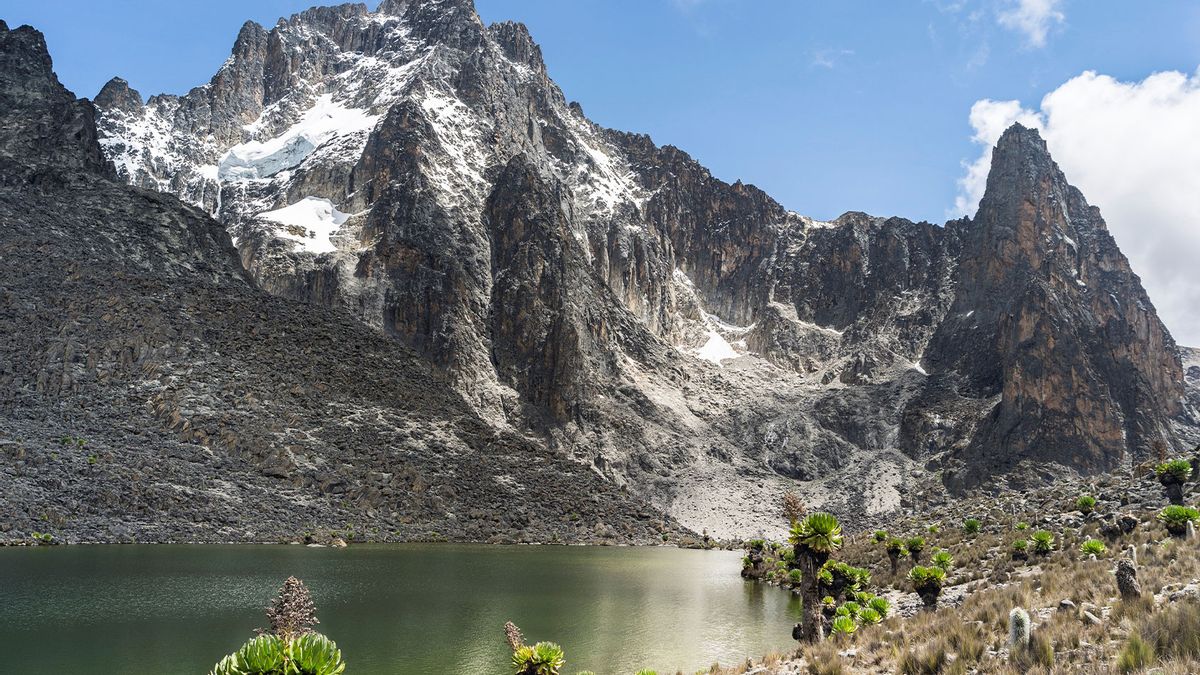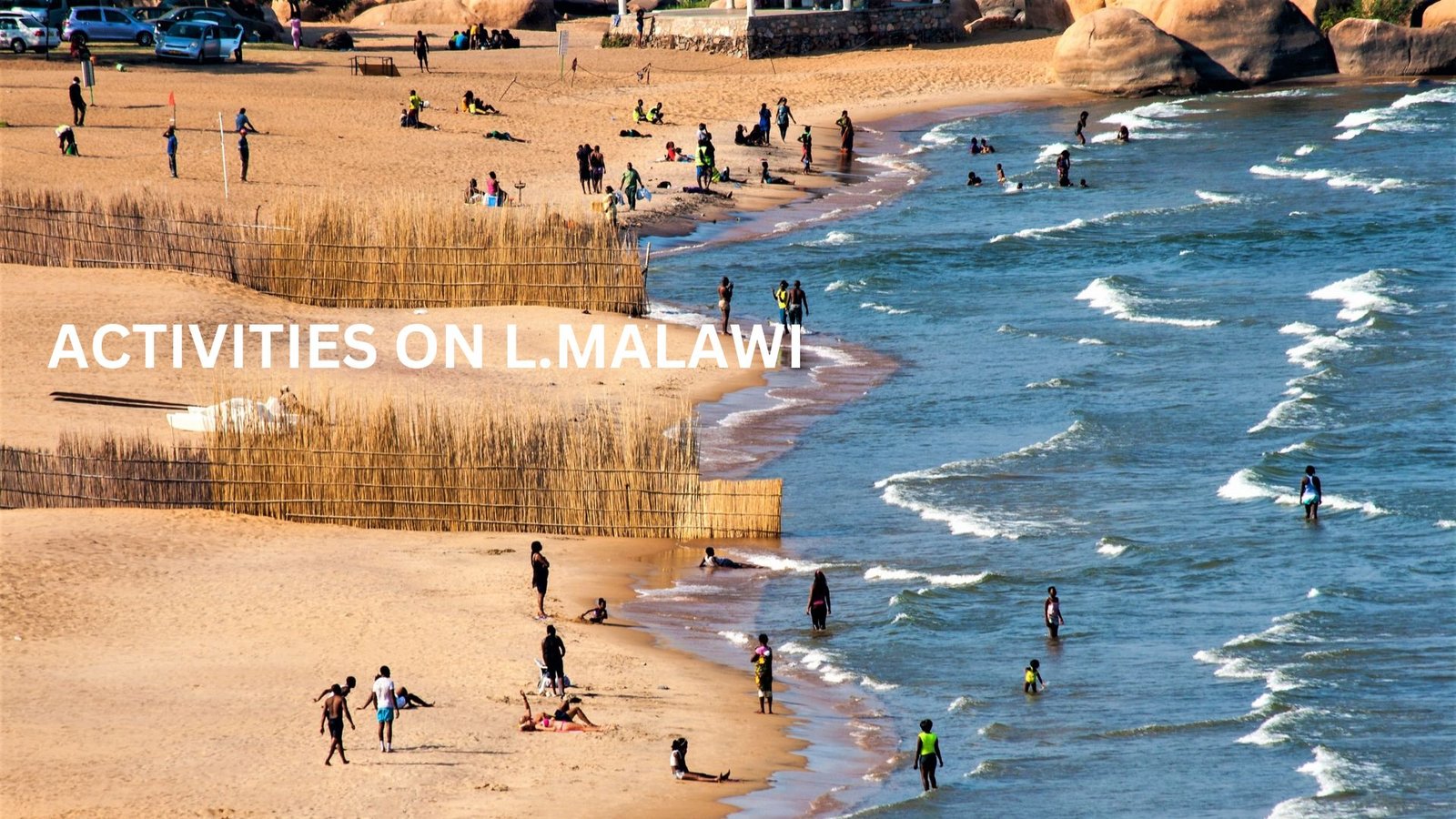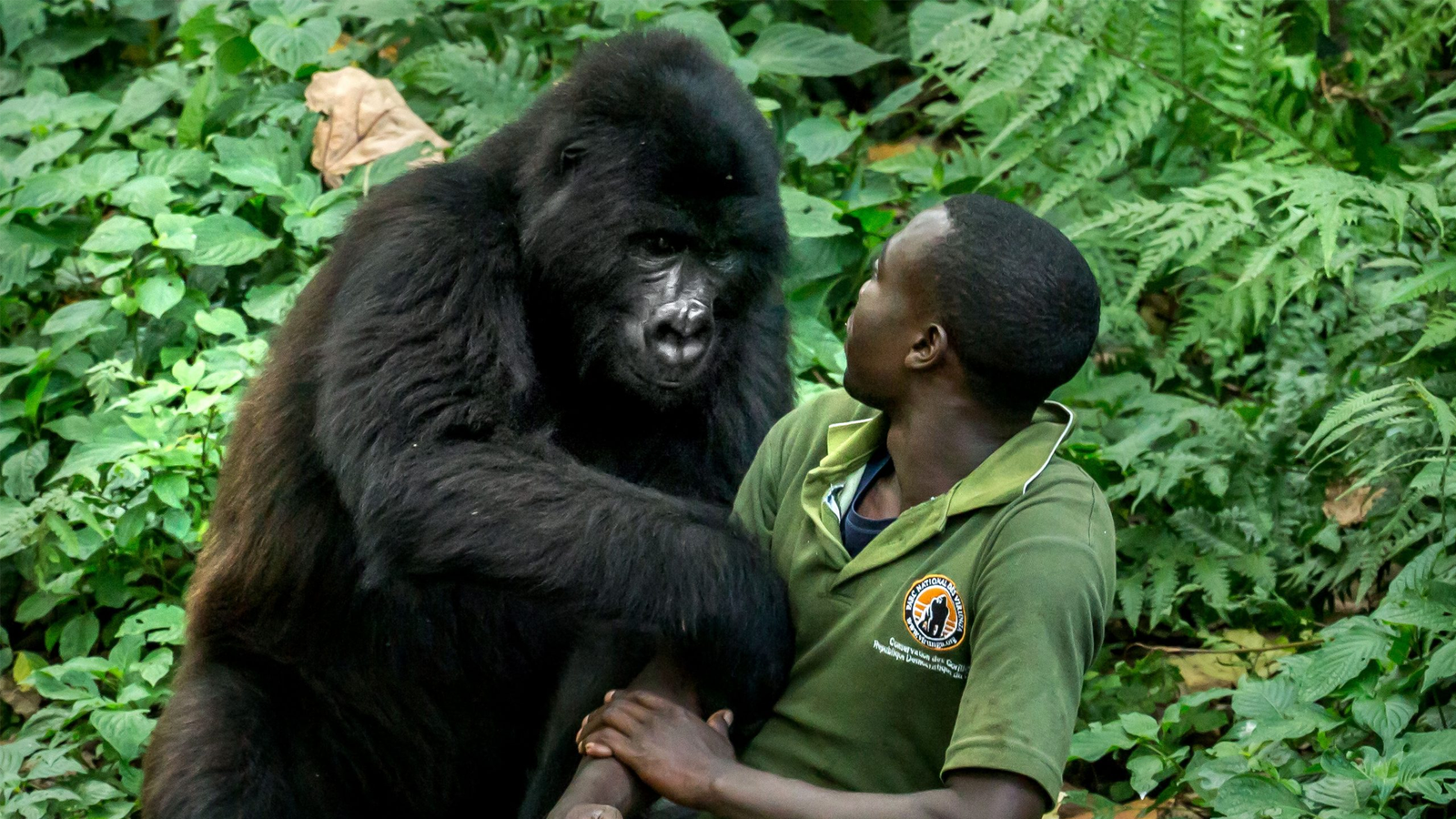Glaciers in Africa
When we think of Africa, we often picture vast savannas, endless deserts, and warm, sun-drenched landscapes. But what if I told you that Africa, a continent known for its heat, also boasts some of the world’s most remarkable glaciers? Yes, despite the sweltering temperatures that dominate much of the continent, Africa is home to a few isolated, stunning glaciers, scattered across its highest peaks. These frozen wonders are not only rare but also rapidly disappearing, making them both a source of fascination and concern for conservationists and travelers alike.
Where Are Africa’s Glaciers?
The glaciers of Africa are found in high-altitude regions where cold temperatures prevail, primarily on volcanic mountains that soar above the clouds.

The most famous glaciers can be found on Mount Kilimanjaro in Tanzania, Mount Kenya, and the Rwenzori Mountains along the border between Uganda and the Democratic Republic of Congo (DRC).
- Mount Kilimanjaro: Africa’s tallest peak at 5,895 meters (19,341 feet), Mount Kilimanjaro has glaciers on its summit, including the famous Kilimanjaro Ice Field. While the glaciers are a major draw for adventurers, they have been retreating dramatically over the past century. Some experts predict that Kilimanjaro’s glaciers could disappear entirely within a few decades.
- Mount Kenya: This iconic mountain, located in central Kenya, holds several glaciers, with the most notable being the Lewis Glacier. However, like its counterpart on Kilimanjaro, the glaciers on Mount Kenya are retreating due to rising temperatures.
- Rwenzori Mountains: Known as the “Mountains of the Moon,” the Rwenzori range straddles the border between Uganda and the DRC. It has several glaciers, including the Mount Stanley Glacier, which is the largest in the region. The Rwenzoris’ glaciers are considered some of the most picturesque, tucked away in remote regions of the African wilderness.
The Changing Face of Africa’s Glaciers
The glaciers in Africa are unique, not only because of their rare existence in such a hot climate but also because of their vulnerability. Over the years, scientists have observed a rapid reduction in the size of these glaciers. This phenomenon is largely attributed to global warming, with rising temperatures accelerating ice melt. In some cases, glaciers have retreated by as much as 80% over the past century.
For example, Mount Kilimanjaro’s glaciers have shrunk significantly since the early 1900s. Researchers believe that if current climate trends continue, the glaciers could be gone within 20 years. The loss of these glaciers represents more than just a sad environmental change; it’s a loss of the unique ecosystem they sustain.
Why Should We Care About Africa’s Glaciers?
You might be wondering, why should the world care about a few patches of ice in the middle of a continent known for its heat? The answer lies in the profound environmental and ecological importance of glaciers.
- Fresh Water Source: The glaciers on Mount Kenya and Kilimanjaro serve as critical sources of fresh water for surrounding communities. As these glaciers melt, they feed the rivers and lakes that provide water for agriculture, drinking, and hydropower. The loss of these glaciers could have serious repercussions for local populations and the broader ecosystems dependent on these water sources.
- Biodiversity: The glaciers create microhabitats where specialized species can thrive. From mosses and lichens to high-altitude animals, such as the mountain gorillas, the cold zones around glaciers are vital for biodiversity. As the glaciers shrink, these habitats disappear, leading to a decline in species that rely on these environments.
- Tourism and Conservation: Africa’s glaciers are also a unique draw for adventurous tourists. The opportunity to hike in alpine conditions or witness these frozen landscapes up close is an experience few would associate with Africa. As climate change threatens their existence, so too does the livelihood of local communities who rely on eco-tourism.
Saving Africa’s Glaciers

The rapidly disappearing glaciers in Africa serve as a stark reminder of the global climate crisis we all face. Although these glaciers may seem remote and isolated, their plight reflects the broader environmental challenges impacting the planet. They underscore the urgency of addressing climate change and taking action to preserve these rare and beautiful parts of Africa.
As travelers and global citizens, we can help by supporting eco-friendly tourism, advocating for sustainable practices, and contributing to conservation efforts that aim to slow down climate change. Visiting these glaciers is not just an awe-inspiring experience; it’s also an opportunity to raise awareness and ensure these wonders are preserved for future generations.
Conclusion
Africa’s glaciers are more than just an anomaly in a typically warm region—they’re a symbol of the fragility of our planet. As temperatures rise and these frozen landscapes recede, we are reminded of the need to protect the natural beauty of our world. Whether you’re planning a hike up Mount Kilimanjaro or hoping to explore the remote Rwenzori Mountains, taking in the glaciers of Africa is not just about adventure—it’s about preserving a piece of history that may soon be lost forever.
So, next time you think of Africa, don’t just picture safaris or sunbaked deserts. Think of icy summits and the stories they tell of a changing world, one glacier at a time.




